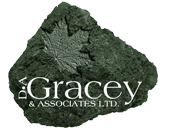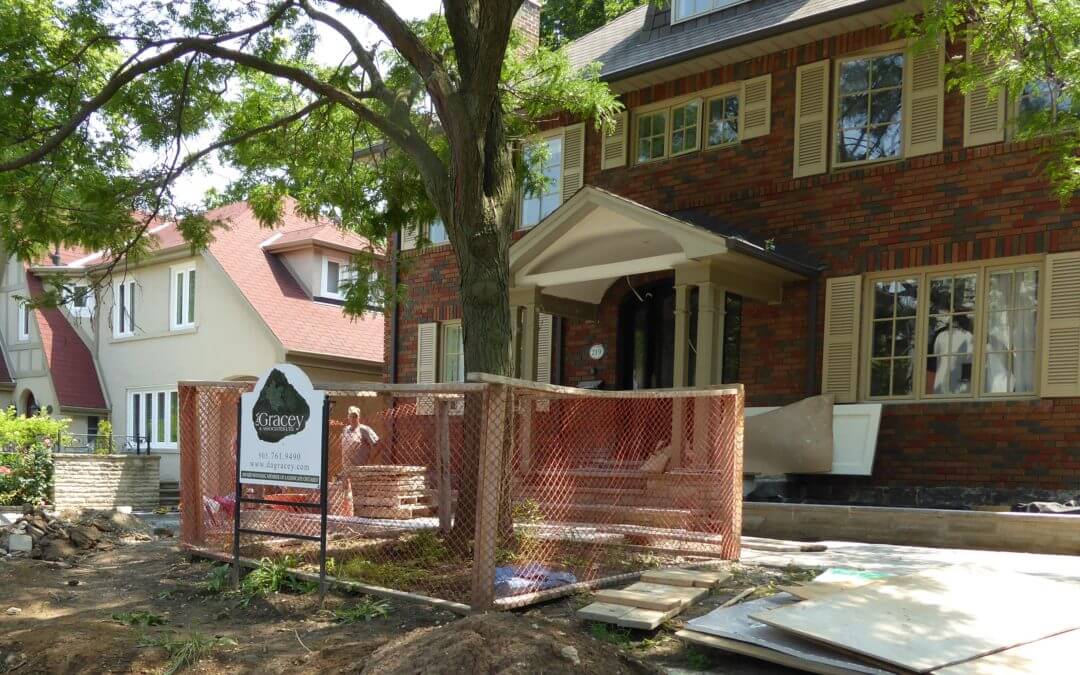When doing any construction on your property you have to take a serious look at what living elements are on and about your property. At D.A Gracey, many of our projects involve dealing with permits for the landscape work we are doing. Occasionally we have been brought on other jobs to help homeowners with permits. In all cases you have to assess what is on your property and what permits you may need. Permits to protect your site are may be required by the Municipality or their Urban Forestry department, the governing regional Conservation Authority and the Niagara Escarpment Commission if your property is within their limits. One main reason for contacting these authorities occurs if your site is on a ravine, or near water. If there are trees that you are looking to take down, you may need the help of an arborist. When going to permit, the governing agencies will ask for an arborist report to accompany your request. If all goes well you will be able to remove the tree and not have to keep it because it is a rare species. There are cases where we are not granted permission to remove a tree. Then begins the questions of does it need protection? The most common way to protect trees is with hoarding or protective fencing? What type of hoarding is needed? Types of site protection will vary and can range from simple to complex. If you are required to use site protection the authorities will tell you exactly what they are looking for. They will confirm that you have complied with their request, and they will not have an issue telling you that the hoarding is supposed to be at 10 meters, not 9.8 meters. All site protection needs to be in place before any construction takes place and must remain until construction is complete and inspected. The Tree Protection Zone (TPZ) is the minimum setback required to maintain the structural integrity of the tree’s anchor roots, based on generally accepted arboricultural principles. The following chart shows the TPZ. Some trees and site conditions may require a greater setback at the town’s discretion.1
| Diameter of Trunk(DBH)2in centimetres | Tree Protection Zone3Distance from trunk measured in metres |
| <10 | 1.8 |
| 11-40 | 2.4 |
| 41-50 | 3.0 |
| 51-60 | 3.6 |
| 61-70 | 4.2 |
| 71-80 | 4.8 |
| 81-90 | 5.4 |
| 91-100+ | 6.0 |
If there is an adjacent ravine or water course, sediment/ silt fencing will also be required. The silt fence is a sediment and erosion control barrier used to form a temporary perimeter on construction sites, land clearing areas, and other sites dealing with build up of sediment, sand or silt. This is used to protect the particles from ending up in a watercourse, which can have long-term detrimental effects. Fencing is often used as a containment and erosion control device to prevent the spreading of unwanted materials from your site. While taking the time to protect your site from the construction sounds like a lot of work, it is worth it. Protecting the natural is always important, and especially during the construction process. Trees, wildlife, and plants all contribute to making everyone’s life better, not just our own. By: Courtney Cotter, BLA

